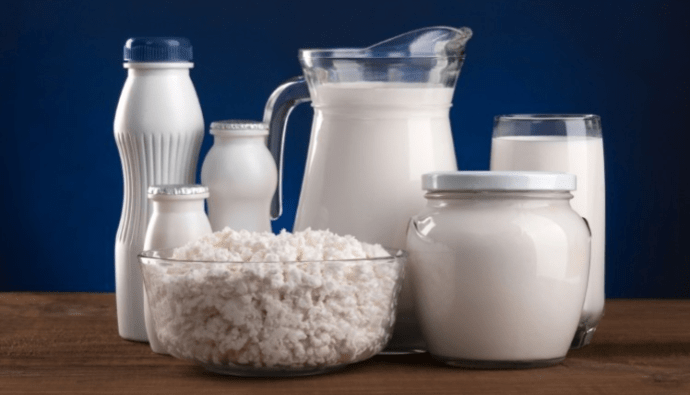
BLOG
KATEGORİDEKİ DİĞER YAZILAR

Common dairy products used in the convenience food sector are a key ingredient in many products, both naturally and in processed form. The most commonly used dairy products are as follows:
In dairy farms, there are some parameters that will determine the quality of raw milk. Fat and protein ratios of raw milk, total bacterial count and somatic cell amounts are the quality determining parameters that must be checked. Low milk fat, which is one of the most important parameters, and the ratio of fat and protein amounts give information about the risk of acidification. The Turkish Food Codex Communiqué on Raw Milk and Heat-Treated Drinking Milk (Communiqué No: 2000/6) is based on the qualities and limit values that raw milk and processed milk should have.
In the Communiqué, raw milk is defined as “milk that has been milked from animals at certain intervals, cooled and does not contain any component or any substance has not been added to it and has not been subjected to any treatment.” However, as in every food sector, imitation and adulteration are also used in dairy products to reduce costs.
It is strictly forbidden to add vegetable oil to dairy products such as butter and yogurt. However, especially yogurt is marketed under the name of “fat yogurt” by removing the valuable fat of yogurt and replacing it with margarine with butter flavor added. Various test procedures are carried out to prevent such situations.
Nanolab Laboratories Group continues to provide services within the scope of Searching for Non-Milk Fat in Dairy Products. We also provide services on Imitation and Adulteration Studies in Meat Products.
Contact us for more information.
You can follow us on LinkedIn for up-to-date news and posts about our services.
Follow our Instagram account to be informed about our latest blog posts.